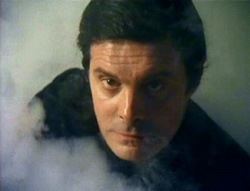
Michelangelo Antonioni's "greatest triumph", Zabriskie Point
Text from
Here: Zabriskie Point was to be Michelangelo Antonioni's greatest triumph, a crowning achievement in an already seminal body of work and a bold affirmation of his commercial ascendance in America. (...) The real star of Zabriskie Point, however, is the desolate, parched-white landscape of Death Valley, in particular the vista from Zabriskie Point, the desert lookout that gives the movie its name and where Frechette and Halprin consummate their brief relationship in a hallucinatory sex scene. It is an eerie, skeletal expanse of stony ridges and dry stream beds, stunning in its ancient, unearthly emptiness. And the climactic explosion of the opulent desert retreat belonging to the real estate tycoon played by Rod Taylor -- a fit of imaginary vengeance envisioned by Halprin over and over in her mind's eye after she hears of Frechette's death at the hands of the L.A. police -- is spectacular in its composition and compelling, repetitive effect.
But nothing symbolizes the grand designs Antonioni had for Zabriskie Point more -- and the lengths to which he would go to achieve his ends -- than the movie's musical soundtrack, a remarkable mélange of abstract sound sculpture, expansive solo-guitar reveries, full-blown psychedelic rock, old-time country ballads, and 1950s jukebox corn. Even Easy Rider, Peter Fonda and Dennis Hopper's 1969 smash about two bikers on an ill-fated cross-country odyssey, featured a relatively orthodox rock soundtrack comprised of music (by Jimi Hendrix, The Band, and Steppenwolf, among others) that Fonda pulled from his personal record collection. In Zabriskie Point -- a film about the collision of youthful innocence, hardboiled commerce, and social mutiny -- bizarre bedfellows such as Pink Floyd, The Grateful Dead, the Eisenhower-era siren Patti Page, the brilliant guitarist John Fahey, the ethnic-folk-rock fusion band Kaleidoscope, and the hillbilly country singer Roscoe Holcomb could all be heard in strange but effective juxtaposition.
As he did in Blow-Up (which boasted a Blue Note-style jazz score by the pianist Herbie Hancock and a fiery cameo by The Yardbirds), Antonioni used music sparingly in Zabriskie Point, with meticulous attention to placement. A spacious instrumental fragment of The Grateful Dead's "Dark Star" -- just over two minutes taken from a 23-minute concert performance on the 1970 album Live/Dead -- can be heard as Frechette pilots his stolen plane over L.A. A short taste of "Sugar Babe" by The Youngbloods, from the band's 1967 LP Earth Music, plays on a car radio as the lithe and beautiful Halprin first meets Frechette out in the desert. And Halprin hears a disc jockey announce Fahey's "Dance Of Death," a 1964 recording from his Takoma album The Dance Of Death & Other Plantation Favorites, following a radio news report of Frechette's demise.
That radio voiceover was done by Don Hall, a real-life DJ who was holding down the prime-time evening shift at the L.A. underground station KPPC-FM in 1969 when he was approached by Antonioni, through a mutual acquaintance, to work on Zabriskie Point as music coordinator. It was Hall, to a large degree, who brought the catholic vitality of late '60s free-form FM radio to bear on the Zabriskie Point score. "There was no idea, when we were doing the film, that a rock soundtrack meant everything had to be hard, intense, electric music," says Hall, who was officially hired by M-G-M as an A&R executive and company liaison with Antonioni. "I was trying to do a soundtrack using the many different types of music that were being played on FM radio at the time." Many of the previously recorded pieces heard in Zabriskie Point -- "Dark Star," "Sugar Babe," Roscoe Holcomb's jaunty, Appalachian-back-porch rendition of "I Wish I Was A Single Girl Again" -- came from Hall's playlist of personal favorites. One of his earliest suggestions to Antonioni was to use in the desert-jukebox scene Patti Page's sweetly old-fashioned "Tennessee Waltz," written by country songmen Pee Wee King and Redd Stewart in 1948 and recorded by Page two years later for Mercury.
In its original, 11-track vinyl release on the M-G-M label, the Zabriskie Point soundtrack was a testament to Antonioni's deep research of and appreciation for pop music, not to mention his excellent taste. Pink Floyd's "Heart Beat, Pig Meat," heard during the film's opening credits as a radical-student meeting is in process, effectively sets the scene's tone of menace and cross talk with a naked, foreboding pulse-beat and a disruptive sequence of television and radio sound bites. "Come In Number 51, Your Time Is Up" is a cryptically titled remake of the Floyd's volcanic 1968 B-side "Careful With That Axe, Eugene." But its bonfire sound -- all roaring guitars, crashing drums, and death-throe screaming -- is the perfect complement to the movie's cataclysmic finish. The extended piece by The Grateful Dead's Jerry Garcia, a solo-guitar improvisation accompanying the love scene, is not just a highlight of the film -- Garcia's fluid melodicism and elegant, crystalline picking make "Love Scene" one of the finest studio performances of his career.
This lavishly expanded reissue edition of the Zabriskie Point soundtrack -- boasting previously unissued tracks by Pink Floyd and four exquisite outtakes of Garcia's "Love Scene" (the final version is a composite of edits from the full-length improvisations) -- documents in even greater depth the vision and labor that went into the movie's music. In discussing the cinematography of Zabriskie Point, specifically the use of colors, Antonioni once said, "You cannot argue that a film is bad but that the color is good or vice versa. The image is a fact, the colors are the story."
The music created and compiled for Zabriskie Point is an essential part of the film's story -- and one of its saving graces. To listen to it now is to wonder again: How did everything else about the movie go so wrong? Chester Crill, the singer, violinist, and keyboard player for Kaleidoscope, remembers all too well the preview screening at which he saw Zabriskie Point. "When it was over," he says, "there wasn't a person who left that was looking anyone else in the eye. It was the most embarrassing thing that I'd ever been to. Everybody just slunk away."



















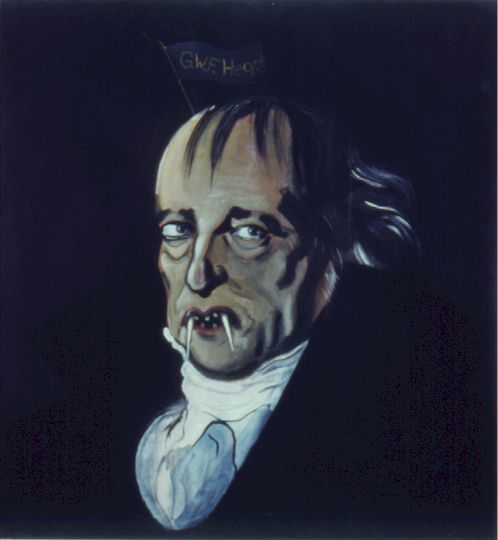




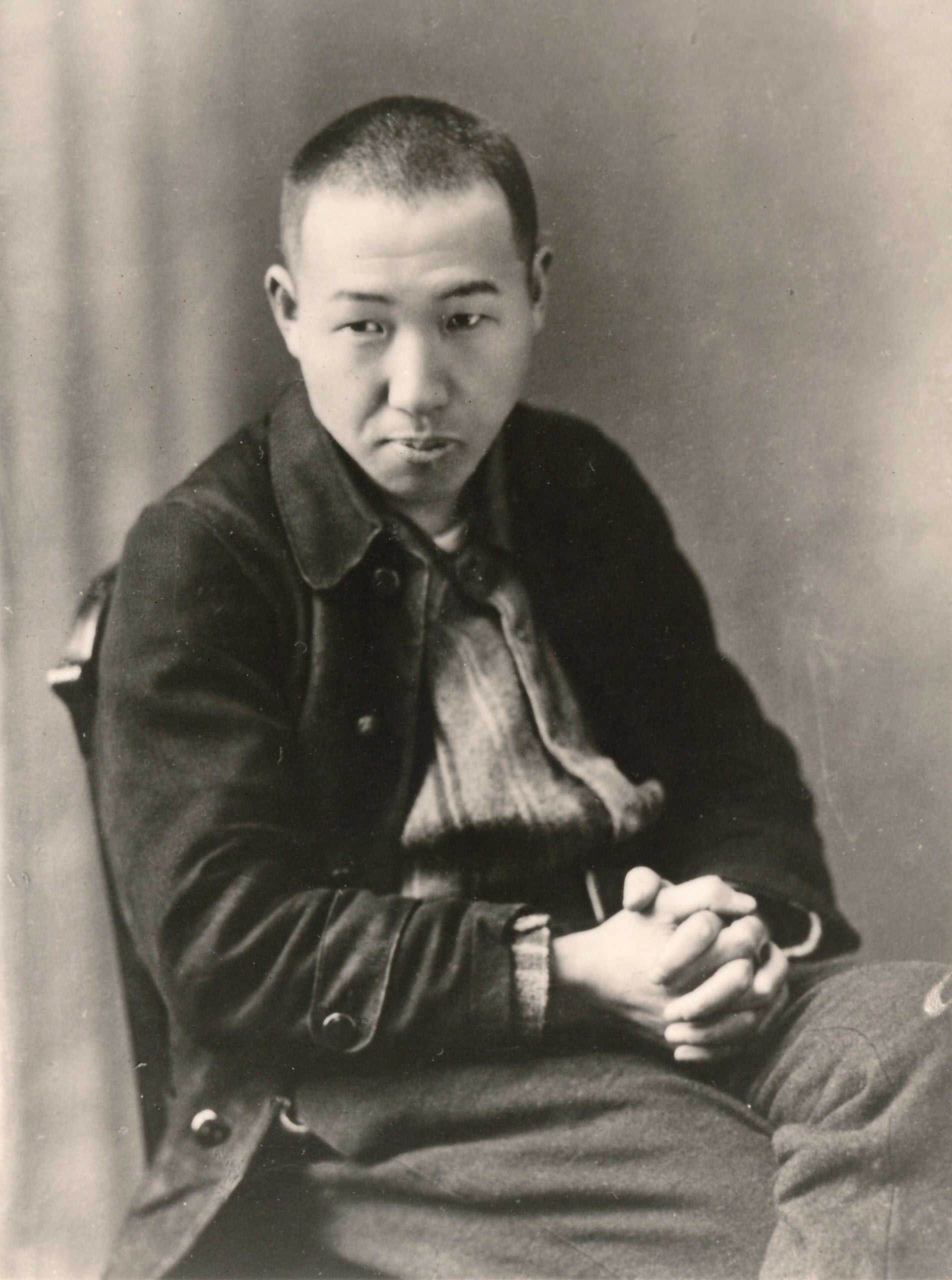




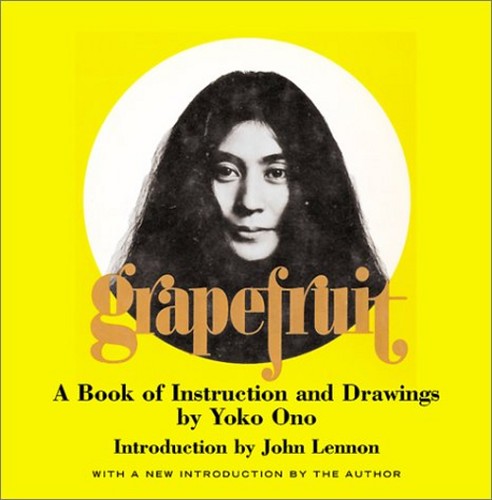

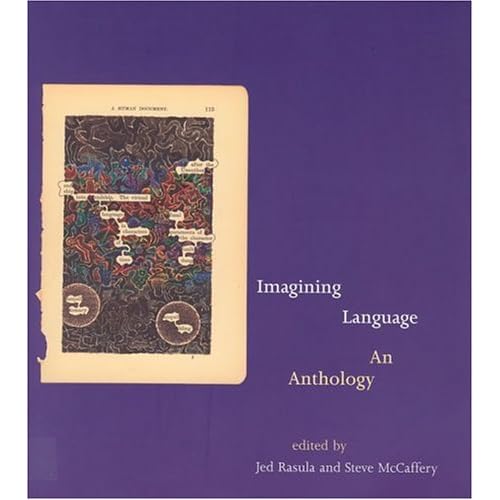
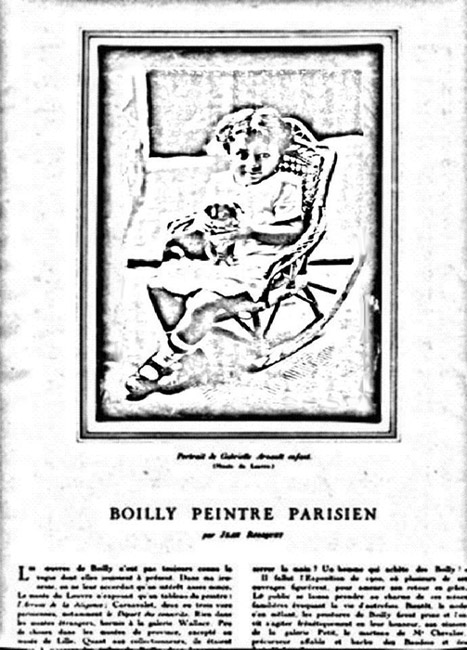
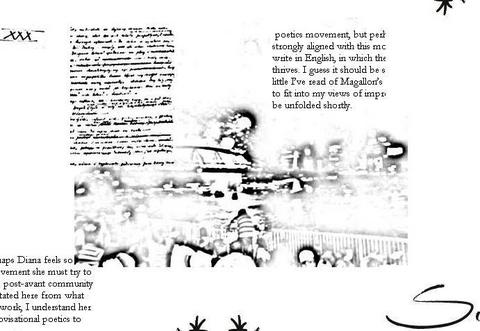











.jpg)



